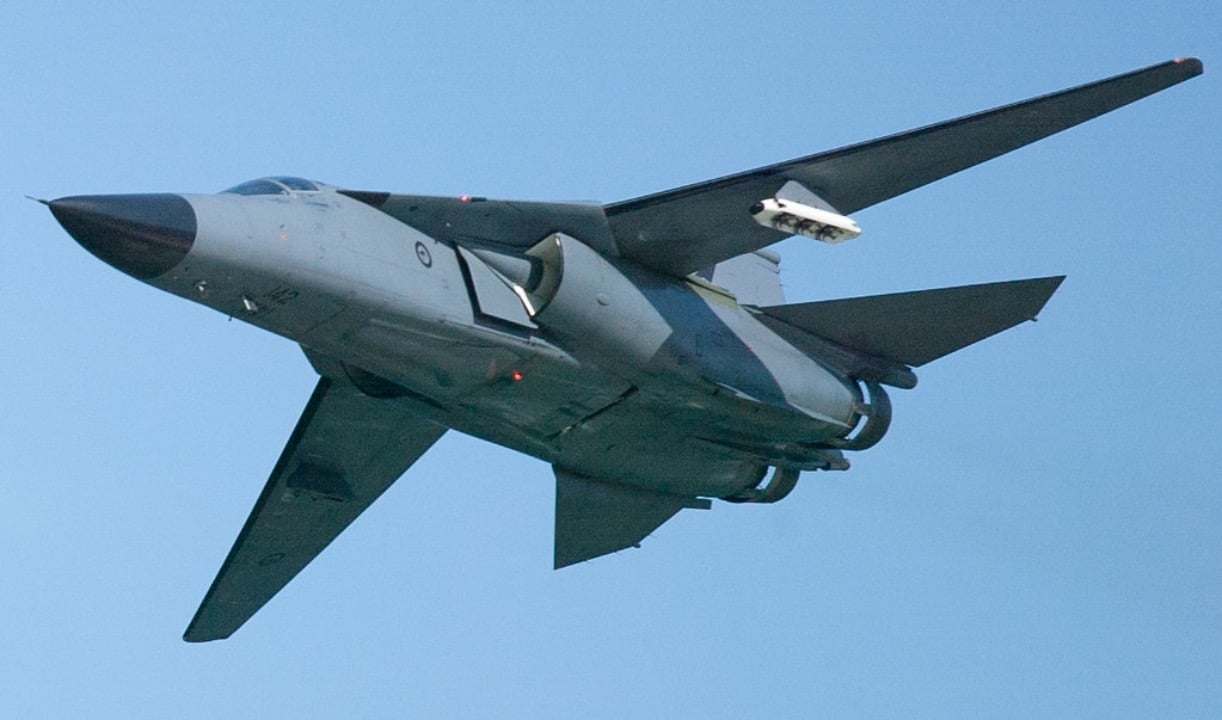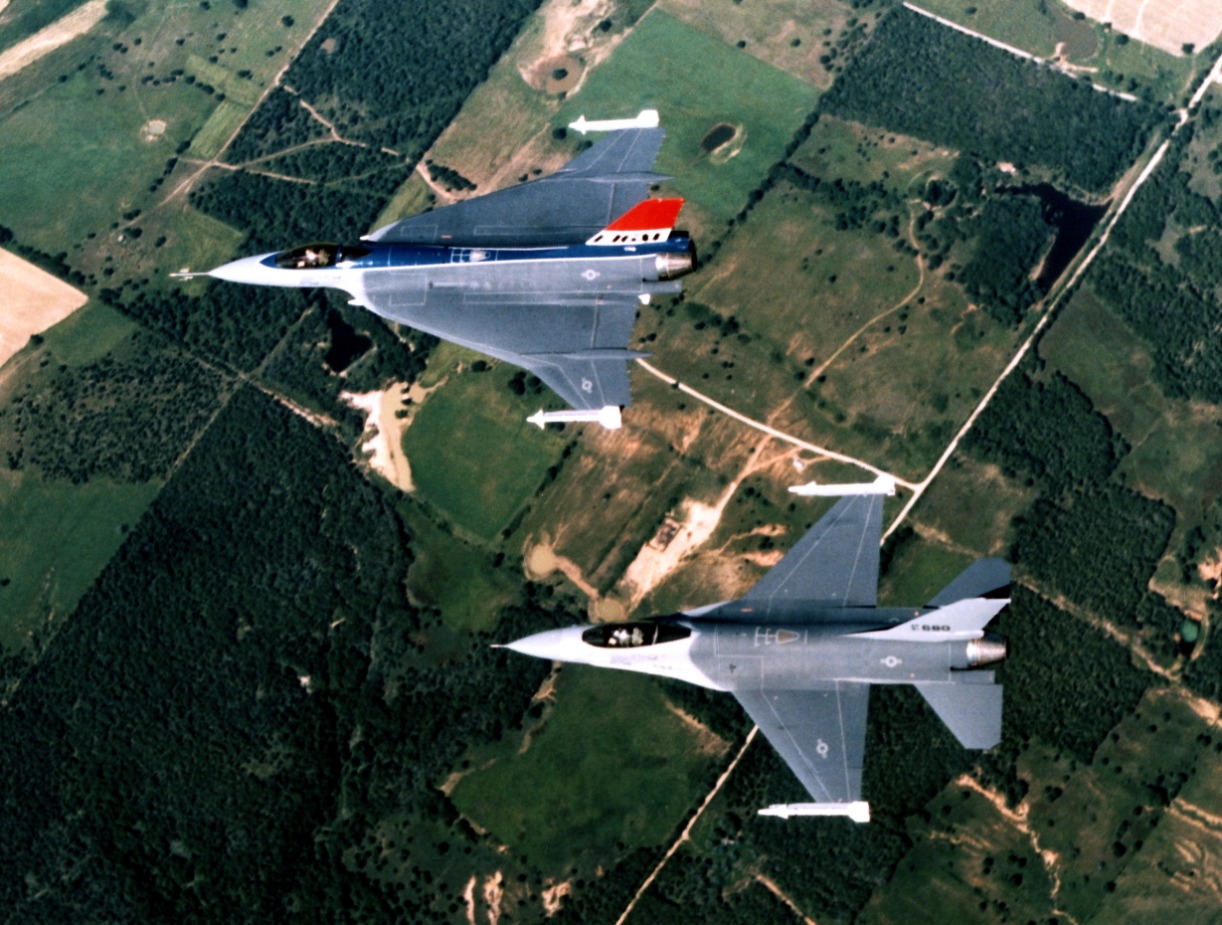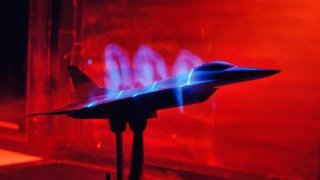F-16XL: The 'Lost' F-16 Fighting Falcon on Steroids
The General Dynamics F-16XL was an experimental variant of the F-16 Fighting Falcon, developed in the 1980s for the Air Force's Enhanced Tactical Fighter (ETF) competition to replace the F-111 Aardvark.
Summary and Key Points: The General Dynamics F-16XL was an experimental variant of the F-16 Fighting Falcon, developed in the 1980s for the Air Force's Enhanced Tactical Fighter (ETF) competition to replace the F-111 Aardvark.

-The F-16XL featured a distinctive delta wing design known as a “cranked arrow” for better lift-to-drag efficiency at supersonic speeds.
-Despite its advanced features, including a 25% improvement in lift-to-drag ratio and 50% more range than the original F-16, the F-16XL lost the competition to the F-15E Strike Eagle.
-Only two prototypes were built, which were later used by NASA for research until 2009.
F-16XL: The Forgotten Delta-Winged Variant of the F-16
The General Dynamics F-16 Fighting Falcon has been a U.S. Air Force staple for nearly half a century. Compactly proportioned, with a single-engine, bubble canopy, and horizontal stabilizers forming a symmetrical angle, the F-16 cuts a recognizable shape.
But the F-16’s shape was not always so fixed. One variant flew in the 1980s with a delta wing-like design. Known as the F-16XL, it was a drastic departure from the F-16 variants that the general public knows so well.
An Experimental Design
The F-16XL was one of two entries in the Air Force’s 1981 Enhanced Tactical Fighter (ETF) competition to craft a replacement for the F-111 Aardvark. The F-16XL lost the bid, of course. The ETF winner, the F-15E Strike Eagle, still flies today.

Only two F-16XL prototypes were ever made. After losing the ETF competition, the prototypes were shelved until 1988, when they were given to NASA for additional research. The aircraft flew until 2009 before retiring and moving to Edwards Air Force Base for storage.
The F-16XL began life as an experimental program within General Dynamics known as the Supersonic Cruise and Maneuver Prototype (SCAMP). A variety of different wing designs were considered for SCAMP, including a forward-swept wing. Ultimately, a delta wing-like design similar to the Saab 35 Viggen, known as a “cranked arrow,” won out thanks to its efficient lift-to-drag ratio at supersonic speeds.
The General Dynamics team coordinated with NASA’s Langley Research Center, pouring significant resources into research and development over several years. The final F-16XL design was settled in late 1980 – just in time for the ETF competition, which the Air Force announced in March 1981.
The F-15E came into the competition with some advantages. First, it required very little alteration from its base variants. The F-16XL, on the other hand, required a significant departure from base-variant F-16s. Further, the F-15E had two engines, whereas the F-16XL had just one. This gave the F-15E a higher maximum takeoff weight, meaning the jet could carry more ordnance and fuel. It also had a redundant engine for safety’s sake.

The Air Force awarded the ETF contract to the F-15E, which has been in service ever since.
The Design of the F-16XL
Only the most discerning eye would notice that the F-16XL had a fuselage fifty-six inches longer than the original F-16. The extra length stems from the addition of two sections at the joints of the main fuselage sub-assemblies.
To accommodate the new wing design, the F-16XL’s tail had to be canted upwards at 3.16 degrees, while the ventral fins were removed to prevent them from striking the ground during takeoff and landings.
The updated design resulted in a 25 percent improvement in lift-to-drag ratio over the original F-16 during supersonic flight (the two jets performed similarly during subsonic flight). According to test pilots, the F-16XL handled well at high speeds and low altitudes.

Notably, the F-16XL could carry 65 percent more fuel than the F-16. Its range ran 50 percent farther. The XL’s enlarged wing allowed for large ordnance payloads, which could be configured in a variety of different ways.
About the Author: Harrison Kass
Harrison Kass is a defense and national security writer with over 1,000 total pieces on issues involving global affairs. An attorney, pilot, guitarist, and minor pro hockey player, Harrison joined the US Air Force as a Pilot Trainee but was medically discharged. Harrison holds a BA from Lake Forest College, a JD from the University of Oregon, and an MA from New York University. Harrison listens to Dokken.
Image: Creative Commons.


